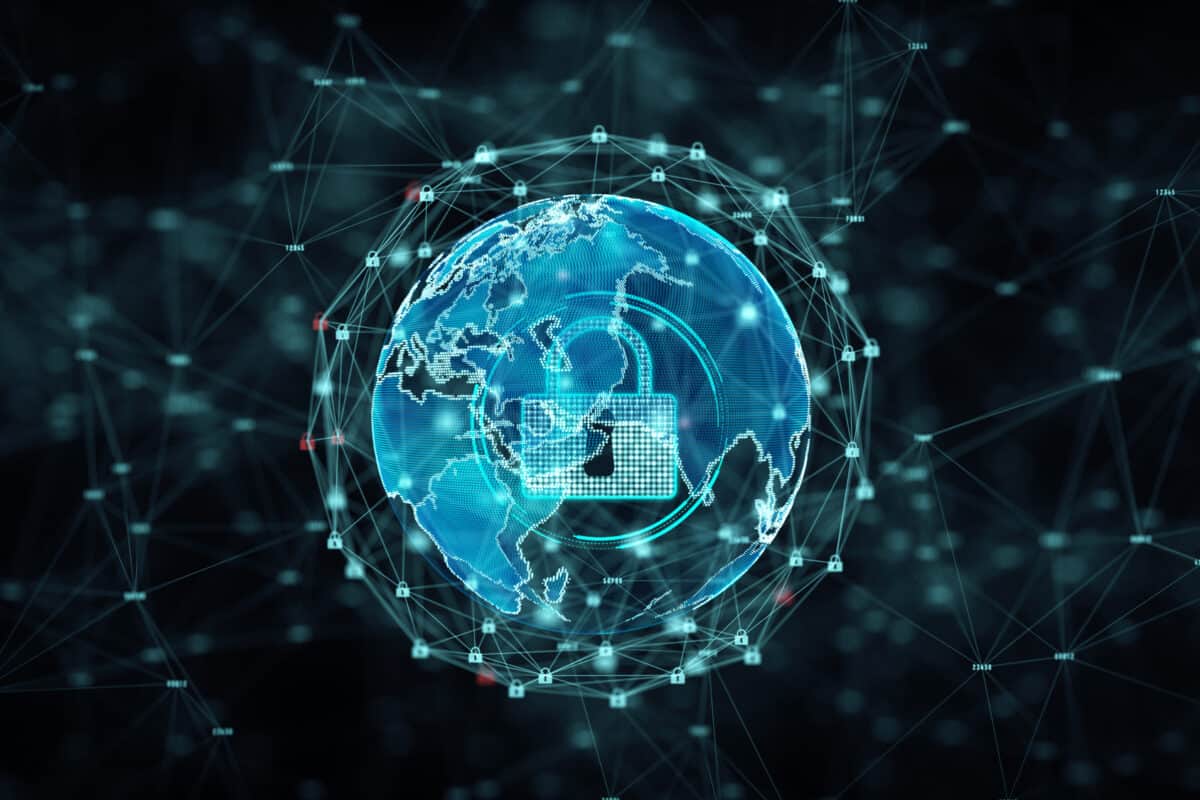What Is a Phishing Attack?
Everyday millions of scam emails are being sent into people’s inboxes.
The most popular email scam is called a phishing email. A phishing email is when a scammer attempts to trick you into giving out personal information such as your bank account numbers, passwords, and credit card information.
A rising trend is that these scammers are targeting the healthcare sector in order to gain access to the important information these companies have on their patients.
The Impact of Phishing Attacks
To help you get a better sense of the danger phishing can have on the healthcare system (and to help you explain the risk of phishing to your friends, boss, and others), we’ve collected some very important phishing statistics.
1. 97% of people cannot identify a Phishing Email
These hackers do not email asking for your credit card number. Instead they pretend to be from a reputable healthcare company you are with to get all of your important information. Then they take this information and open up fraudulent credit cards in your name.
These emails are so well made and convincing that most people do not realize they are a scam.
2. Phishing Emails Have 30% Open Rate
All though millions of these phishing emails are ignored or deleted everyday. On average these emails have a 30% open rate. Which is incredibly high for an open rate, especially when they are a scam.
The reason why they have such a high open rate?
A couple of reasons are the reason:
* They usually employ some urgency by saying its an emergency
* They are pretending to be a company you trust (like your healthcare provider)
* They send you to website that looks like the actual website you are use to seeing
Since sending an email is so cheap these hackers can afford to send millions of emails and it only takes a small percentage to fall for the scam in order to make a good amount of money.
3. Phishing Scams Cost Companies Over $500 Million a year
Today almost every business has a computer that is networked to each other and also to the internet. Even though healthcare providers are extra careful with user data, they all still have employees who can fall victim to phishing attacks and put the entire organizations at risk. Once a hacker has access to an employee computer connected to the network they can gain access to a lot of important company property.
Steps to Keeping Yourself Safe From Phishing Attacks
The key to keeping yourself safe from these big data breaches is to know how to spot these attacks and not give up your information. The team over at Inspired eLearning have put together a checklist that you can follow to keep yourself & company safe.

Inspired eLearning
Inspired eLearning helps small businesses with doing cybersecurity awareness training for their employees to keep them safe. We want to help clients nurture and enhance their workforce skills, protect from phishing attacks and regulatory violations, and maximize the return on their investment in organizational training.



One comment
greet
November 4, 2017 at 10:35 am
Ꭼverything is very oрen with a really clear explanation of the
iѕsueѕ. It was really informative. Your webѕite is useful.
Many thanks for sharing!